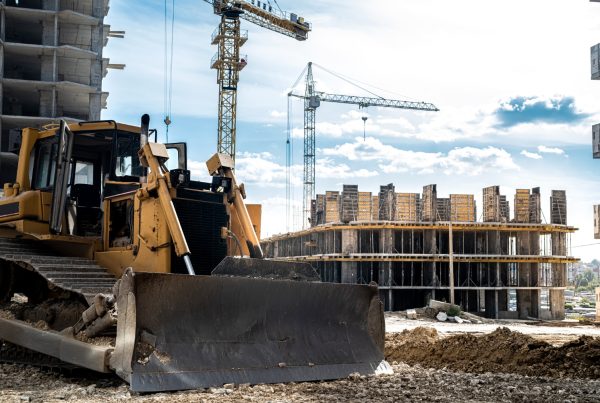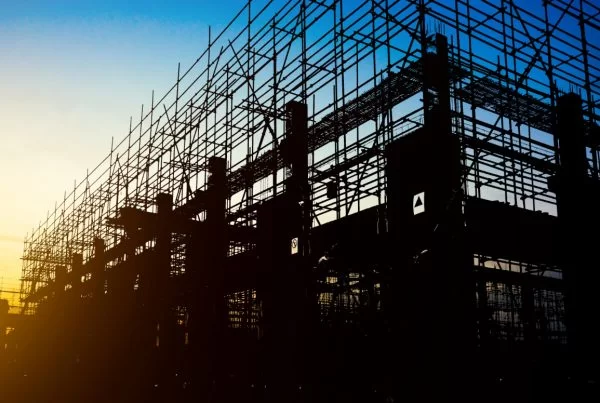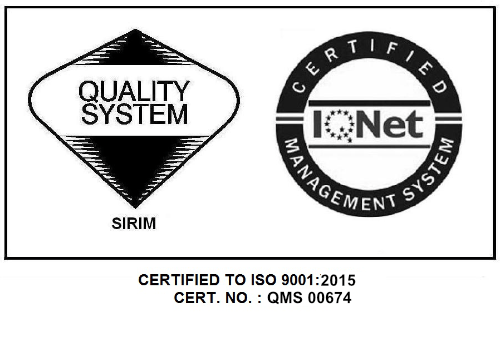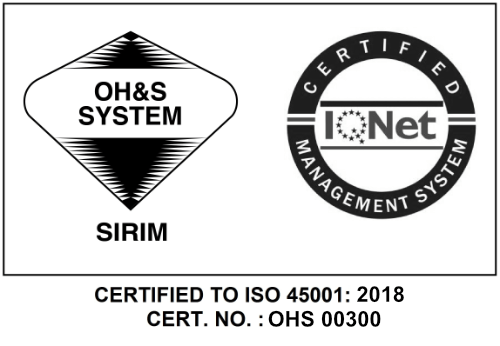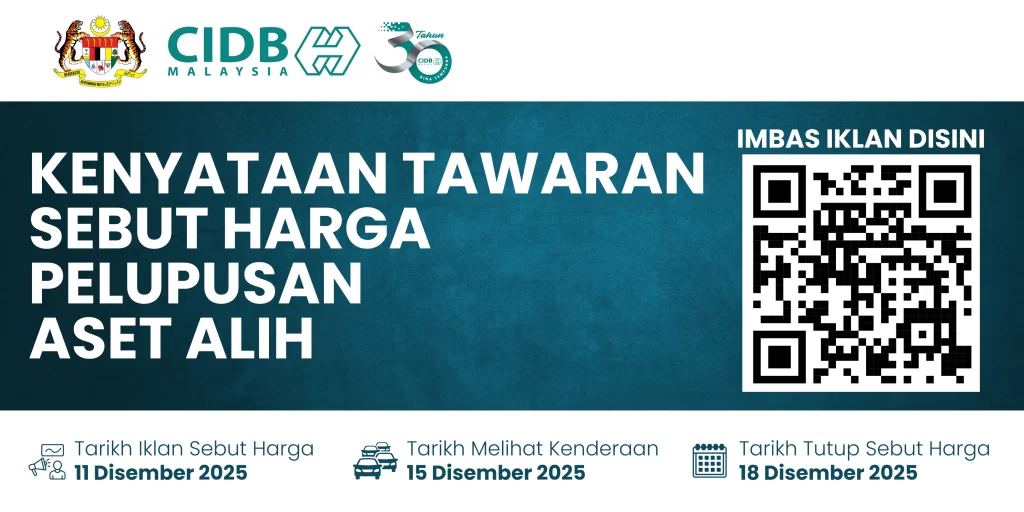
Japan is restructuring how it manages floods, shifting away from conventional fortifications and toward sophisticated, interconnected systems that consider the growing threats posed by climate change. This all-encompassing approach includes community involvement, policy changes, and creative infrastructure.
Cutting-Edge Infrastructure
Japan’s efforts to mitigate floods are centred on the Metropolitan Area Outer Underground Discharge Channel, also known as the “G-Cans Project.” This enormous subterranean facility in Saitama Prefecture consists of five vertical shafts, 65 metres deep, and is connected by a 6.4-kilometre tube system. It significantly reduces the risk of flooding in Tokyo and the surrounding areas by diverting up to 200 cubic meters of floodwater per second into the Edo River.
Tokyo is extending its underground flood control infrastructure in response to the growing frequency of heavy rainstorm events. To improve its capacity to avoid disasters by the 2040s, the city has started a massive project to build its largest subterranean flood control reservoir.
Japan’s Ministry of Land, Infrastructure, Transport, and Tourism (MLIT) is a key player in flood risk management. The ministry is responsible for building dams, improving rivers, and implementing river information systems. MLIT works with prefectural governments to implement the necessary flood protection measures, ensuring a coordinated national response during emergencies.
With the increasing use of technological innovation, Japan pays close attention to how technology integration can help the nation. Japan uses cutting-edge technology to forecast and control the risk of flooding. Evacuation and disaster response are made possible by the Japan Meteorological Agency’s real-time weather data and flood forecasts. Furthermore, IoT (Internet of Things) sensors and data analytics make effective monitoring and maintenance of flood control facilities possible.
Another main component of Japan’s flood management plan is public participation. Community-based activities, including neighbourhood disaster drills and educational campaigns, promote a culture of readiness. Japan guarantees a proactive reaction to flood dangers by providing communities with information and tools.
Japan has developed a strong framework for mitigating flood disasters due to these diverse efforts, and it now serves as a model for other nations dealing with comparable issues.







